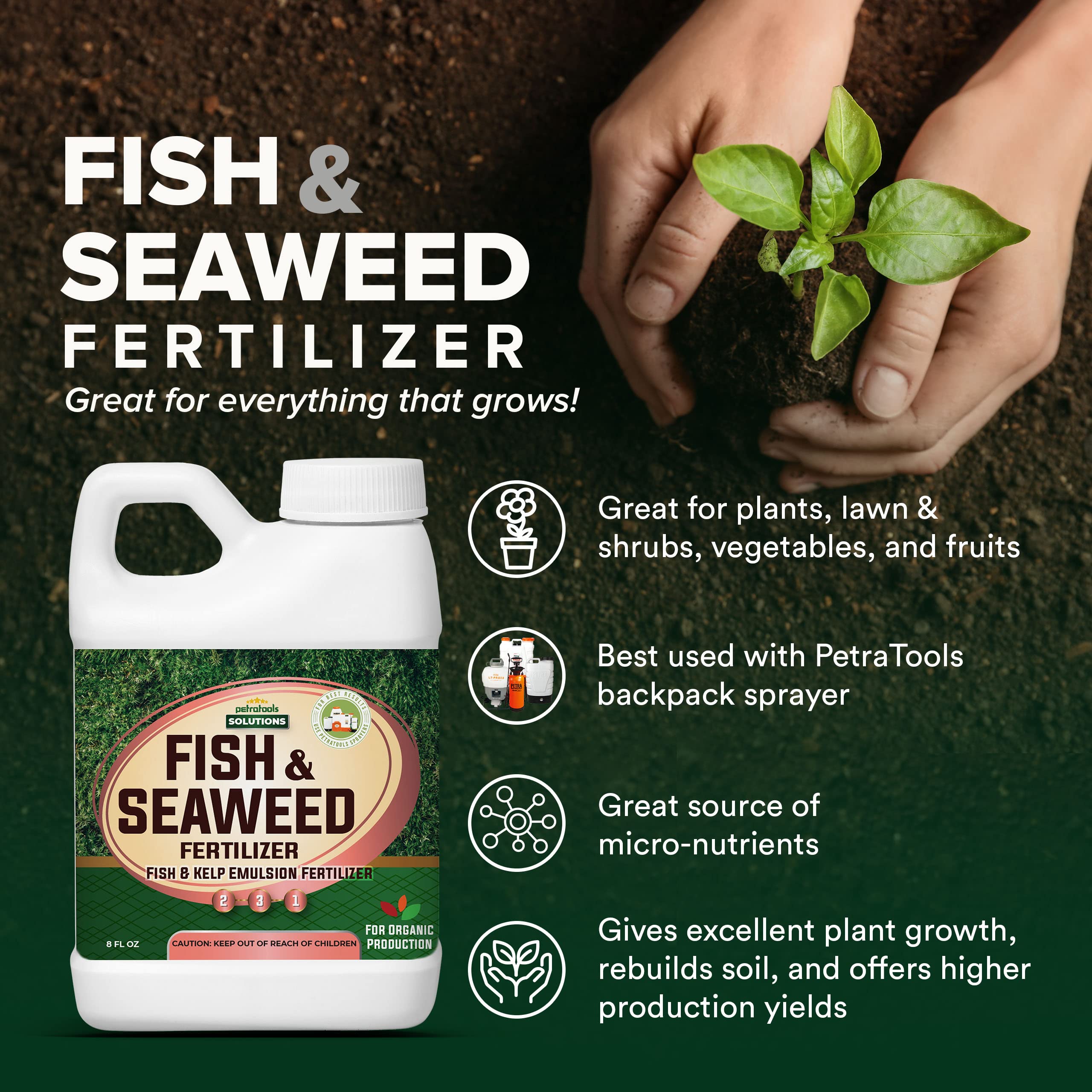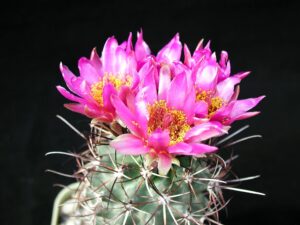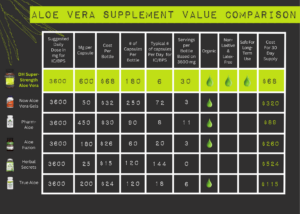When delving into the realm of cactus cultivation, the consideration of nutrient sources often leads one to organic fertilizers that amplify growth and reinforce plant health. Among these, liquid seaweed and fish emulsion stand out, promising remarkable benefits for those who are eager to enhance their cactus plants. These fertilizers are not just mere supplements; they can radically shift our approach to nurturing these fascinating desert dwellers.
Understanding the intrinsic value of liquid seaweed and fish emulsion unveils their multifaceted benefits and promotes curiosity about their effects on specific plant types, including cacti. Cacti, known for their resilience amidst arid landscapes, can greatly benefit from these nutrient-rich solutions.
Embarking on this discussion invites enthusiasts to explore the compelling reasons to integrate liquid seaweed and fish emulsion into their cactus care routine—a promise of exceptional growth and robustness awaits.
Unearthing the Nutritional Treasures of Liquid Seaweed
Liquid seaweed, derived from marine plants such as kelp, serves as a potent source of macro and micronutrients. This organic fertilizer is replete with essential minerals like nitrogen, potassium, and phosphorus, which are crucial for plant growth. Furthermore, it contains trace elements such as iron, magnesium, and calcium, all of which are instrumental for cacti, particularly when they are in their growth phase.
What sets liquid seaweed apart is its unique blend of growth hormones—auxins and cytokinins—that stimulate root development and enhance overall growth. This is particularly relevant for cactus plants that thrive on robust root systems for their sustenance. The application of liquid seaweed can encourage a stronger root structure, enabling cacti to absorb nutrients and water more efficiently, especially during the dry seasons when these resources are scarce.
Another significant advantage of liquid seaweed is its natural ability to induce stress tolerance. Cacti often withstand extreme conditions, and the application of this fertilizer helps them adapt to environmental challenges by fortifying their defenses against pests, diseases, and fluctuating weather patterns. By reinforcing their cellular structure, liquid seaweed can effectively improve a cactus’s resilience against drought and other adversities.
The Marvels of Fish Emulsion: A Nutritional Powerhouse
Fish emulsion is another remarkable organic solution that complements the nutritional profile of cacti. Generated primarily from processed fish by-products, this fertilizer is rich in amino acids, vitamins, and minerals. The nitrogen content in fish emulsion is particularly noteworthy; it encourages lush green growth and aids in the overall vigor of the plant.
In contrast to synthetic fertilizers, fish emulsion presents a slow-release option. This characteristic is advantageous for cacti, as it mitigates the risk of nutrient burn while providing a steady supply of nourishment over time. Moreover, the organic nature of fish emulsion promotes microbial activity in the soil—a critical factor for cacti cultivation. Enhanced soil microbiome health leads to improved nutrient uptake, enhancing the plant’s growth and health.
Cacti also possess a unique ability to thrive in nutrient-poor soils, and the application of fish emulsion can further enrich these substrates without overwhelming the delicate balance required for cactus survival. By incorporating this fertilizer, cultivators are not just feeding their plants; they are revitalizing the soil ecosystem, which is essential for optimal cactus growth.
The Synergistic Effects of Combining Both Fertilizers
While liquid seaweed and fish emulsion individually provide remarkable benefits, their joint application offers synergistic effects that can elevate cactus growth to unprecedented heights. The combination of nutrients from both sources creates a well-rounded fertilizer solution that caters to various plant needs.
The primary focus of their synergy lies in their distinct applications—liquid seaweed promotes root development and stress tolerance, while fish emulsion enhances general growth and nutrient availability. Together, they create a balanced environment for the cactus to flourish, transforming potential deficits into thriving plant health.
Furthermore, the organic nature of both fertilizers aligns well with sustainable gardening practices. Using these natural fertilizers exemplifies a shift towards eco-conscious cultivation methods, which aligns with the ecological ethics adopted by many modern gardeners. As cacti become popular features in contemporary gardens, understanding the importance of sustainability enhances the appeal of using liquid seaweed and fish emulsion.
A Practical Application Guide for Enthusiasts
Integrating liquid seaweed and fish emulsion into your cactus care routine is straightforward, yet it requires an understanding of when and how to apply them for maximum effectiveness. It is advisable to use these fertilizers during the active growth period of cacti, which generally spans from spring to early autumn.
To apply liquid seaweed, dilute it according to the manufacturer’s instructions, typically around one part liquid seaweed to ten parts water. Application can be done during regular watering to ensure even distribution throughout the soil. For fish emulsion, a similar dilution method can be employed. Both fertilizers can be used in tandem, with applications spaced out every four to six weeks to maintain optimal nutrient levels.
As cactus enthusiasts embark on this enlightening journey of using liquid seaweed and fish emulsion, they may find themselves not only supporting the health of their plants but also embracing a broader appreciation for organic gardening. Cacti, with their captivating resilience, are deserving of a nurturing approach. These fertilizers offer an innovative shift and invite curiosity about sustainable practices in plant cultivation. The potential breakthroughs in cactus growth await those ready to explore these fascinating fertilizers.





Leave a Comment